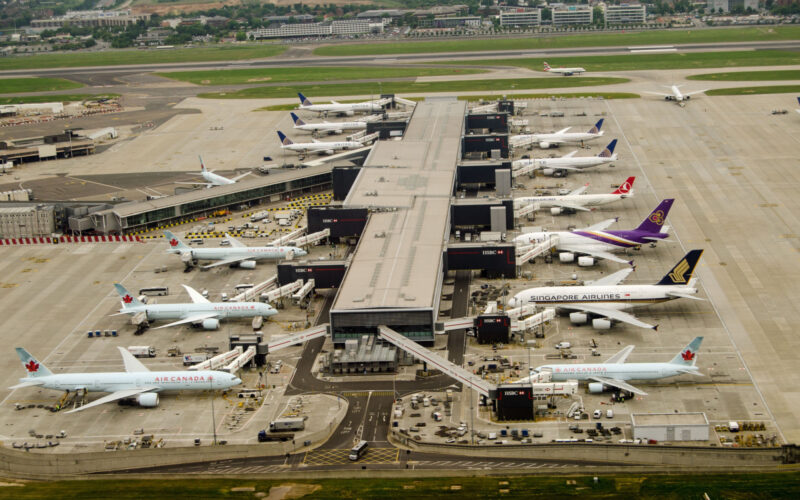Airplanes come in a wide variety of types, each one serving a specific purpose and catering to different needs. From commercial airliners to private jets, propeller planes, and lighter-than-air aircraft, the diversity of airplane types is quite remarkable.
Here, we will run through a comprehensive overview of various types of civilian aircraft, highlighting their distinct features and applications.
Commercial airliners
Commercial airliners are the backbone of the global aviation industry, responsible for carrying millions of passengers worldwide. These aircraft are designed to transport people efficiently, comfortably, and safely over long distances. They come in various sizes, from small regional jets to widebody aircraft used for international flights. Commercial airliners incorporate advanced technology for navigation, communication, and passenger comfort.
We will start from the biggest to smallest airplane types:
Jumbo jets
Jumbo jets are the largest and most iconic commercial aircraft in the world. The Boeing 747, often referred to as the “Queen of the Skies,” and the Airbus A380, known as the “Superjumbo,” are the prime examples of these colossal airplanes.
The Boeing 747 made its first commercial flight in 1970 and quickly revolutionized air travel. With its distinctive hump on the front, the 747 became an instantly recognizable symbol of aviation. Over the years, several variants have been developed, each with an impressive passenger capacity. Depending on the specific configuration and class layout, a typical Boeing 747 can carry anywhere from 350 to over 600 passengers. It boasts an extended range, making it suitable for connecting major cities across continents without the need for frequent refueling stops.
The Airbus A380, introduced in 2007, surpassed the Boeing 747 as the largest commercial passenger aircraft in the world. With its unique double-deck design, the A380 can accommodate an astounding number of passengers, ranging from approximately 500 to over 850, depending on the airline’s seating arrangement. The A380 offers luxurious amenities and a quiet, comfortable flying experience, making it a favorite among travelers for long-haul flights.
In addition to carrying passengers, jumbo jets have proven their versatility by being convertible into cargo planes. Some airlines utilize their 747 and A380 aircraft for cargo operations, especially for transporting oversized and heavy goods across the globe. The spacious cargo holds of these aircraft can accommodate significant volumes of freight, making them essential for global logistics and air freight transportation.
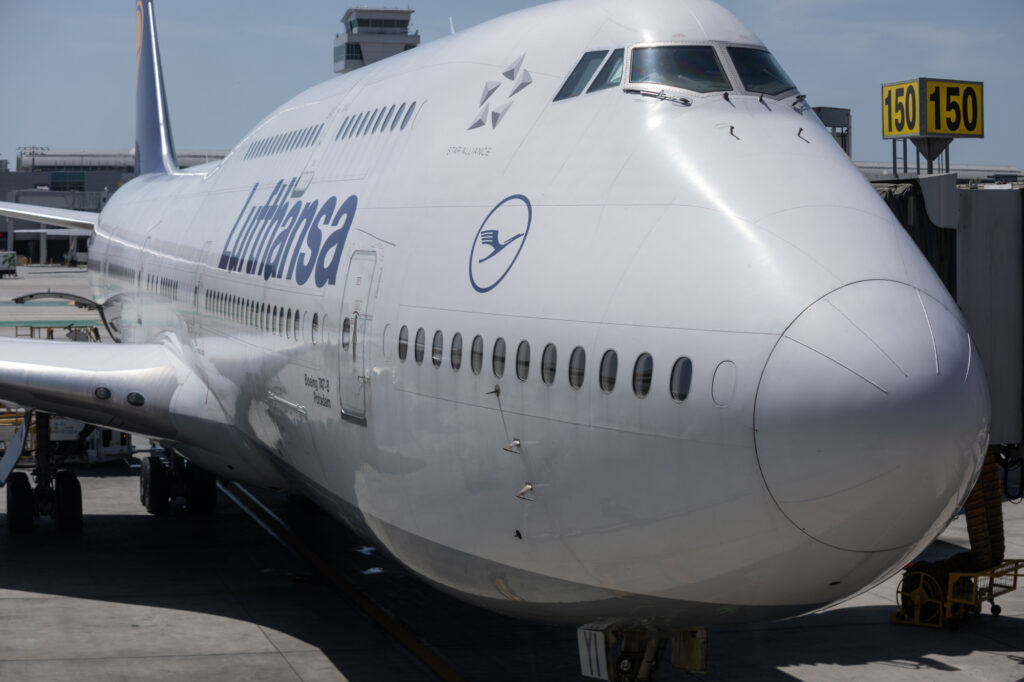
Cargo airplanes
Cargo planes, also known as freighters, play a vital role in transporting goods, including perishable items, oversized cargo, and heavy machinery. These aircraft can be purpose-built, like the Beluga or Dreamlifter, designed specifically for carrying specialized cargo. Alternatively, some cargo planes, such as the Boeing 747-8F and Boeing 777F, as mentioned above are adapted from their passenger counterparts to fulfill cargo transportation needs.
These aircraft have spacious interiors, allowing for easy loading and unloading of cargo. Cargo planes play a vital role in global logistics, facilitating trade and ensuring the efficient movement of goods across borders. Cargo planes, such as the Boeing 747-8F, Airbus Beluga XL, and the Antonov An-124 have the largest payload capacities in the world.
The title before used to belong to the Antonov An-225 Mriya. However, the world’s heaviest and largest cargo aircraft was destroyed by the Russian forces during the Battle of Antonov Airport in May 2022.
Widebodies
Widebody aircraft are a class of airplanes known for their spacious cabins with two aisles, providing ample room for passengers and cargo. These aircraft are designed for long-haul flights and are often used for intercontinental travel, carrying a significant number of passengers over vast distances.
Examples of widebody aircraft include the Airbus A350 and the Boeing 777. Despite having two aisles, they are not considered “jumbo jets” like the iconic Boeing 747 or Airbus A380, which are even larger and have multiple decks.
Widebody aircraft like the A330 and the Boeing 767 are preferred for long-haul routes because of their extended range, allowing airlines to connect distant cities without the need for frequent refueling stops. Additionally, the spacious cabins allow for a more comfortable flying experience, with larger seats, wider aisles, and increased overhead storage space.
These aircraft can also offer cargo-handling capabilities, enabling the transport of significant amounts of freight and cargo in addition to passengers. This makes them versatile choices for airlines looking to maximize their revenue potential on long-distance routes.
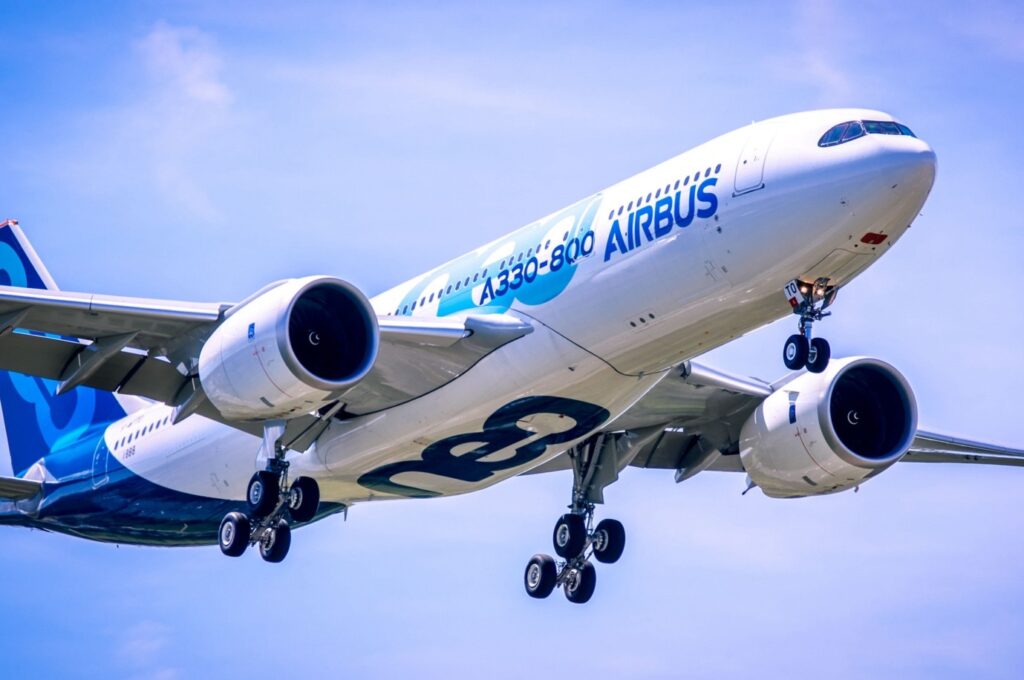
Narrowbodies
Narrowbody aircraft, also known as single-aisle aircraft, are a staple in the aviation industry and play a vital role in short to medium-haul travel. They are named “narrowbody” because they typically have a single aisle running through the cabin, allowing for more efficient boarding and deplaning processes.
The Boeing 737 and Airbus A320 families are among the most popular narrowbody aircraft in the world. The Boeing 737 was first introduced in the 1960s and has undergone several generations of improvements, with the latest being the Boeing 737 MAX series. The Airbus A320 family, introduced in the late 1980s, includes variants like the A318, A319, A320, and A321. Currently, there is also the A320neo family, which stands for “New Engine Option.”
Narrowbody aircraft are well-suited for domestic and regional flights, serving as the workhorses of the aviation industry. They are capable of carrying anywhere from approximately 100 to 240 passengers, depending on the specific model and seating arrangement. This capacity makes them ideal for routes with moderate passenger demand, connecting smaller airports to major hubs, and catering to frequent short-distance travel.
One of the key advantages of narrowbody aircraft is their operational flexibility and efficiency. They can operate from airports with shorter runways and are more agile when it comes to navigating busy airspaces and taxiways. This makes them highly suitable for servicing airports in densely populated urban areas where larger widebody aircraft may not be feasible.
Moreover, narrowbody aircraft are preferred by airlines during high-demand seasons, such as holidays or peak travel periods. Their relatively lower operating costs and higher frequency of flights allow airlines to meet increased passenger demand efficiently. As a result, they help maintain a steady flow of passengers and contribute to the profitability of airlines’ operations.
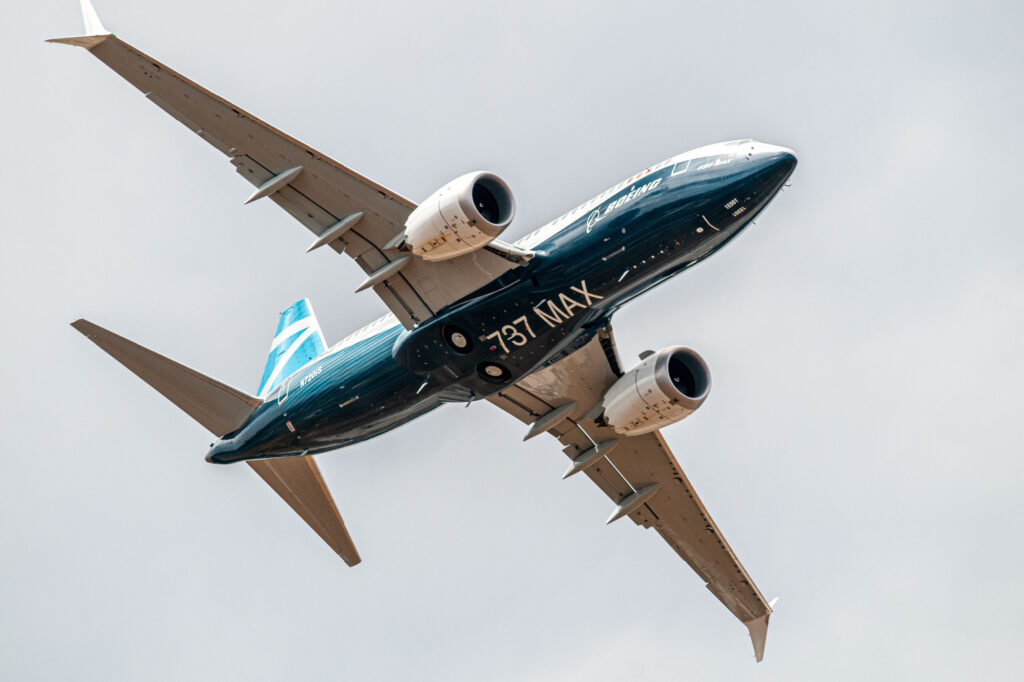
Private jets
Private jets, often associated with luxury and exclusivity, play a significant role in personalized air travel. While commercial airliners dominate the global aviation industry, private jets can provide a more tailored and flexible experience for discerning individuals and businesses. Designed for comfort, convenience, and privacy, private jets are capable of transporting passengers efficiently over both short and long distances.
Their most common types are:
Heavy jets
Heavy jets are the pinnacle of luxury and sophistication in the world of private aviation. Designed to cater to discerning travelers and high-profile individuals, these aircraft offer unparalleled comfort, cutting-edge technology, and the ability to cover vast distances without the need for frequent refueling stops.
Among the most prominent heavy jets is the Gulfstream G650, often hailed as one of the most advanced business jets in the industry. With its impressive range of approximately 7,000 nautical miles, the G650 can effortlessly connect distant continents, making it a favorite among ultra-high-net-worth individuals and multinational corporations with global operations. The aircraft’s spacious and exquisitely appointed cabin can be configured to accommodate various layouts, providing travelers with an oasis of relaxation and productivity during long journeys.
The Bombardier Global series is another remarkable player in the heavy jet category, comprising models like the Global 6000 and Global 7500. These jets exemplify exceptional performance, boasting intercontinental range capabilities and ultra-long-haul travel amenities. The Global 7500 has raised the bar with its unprecedented range of approximately 7,700 nautical miles, making it the longest-range business jet available. Its sumptuous cabin offers ample space for customization, ensuring that each flight experience is tailored to meet the unique preferences of its passengers.
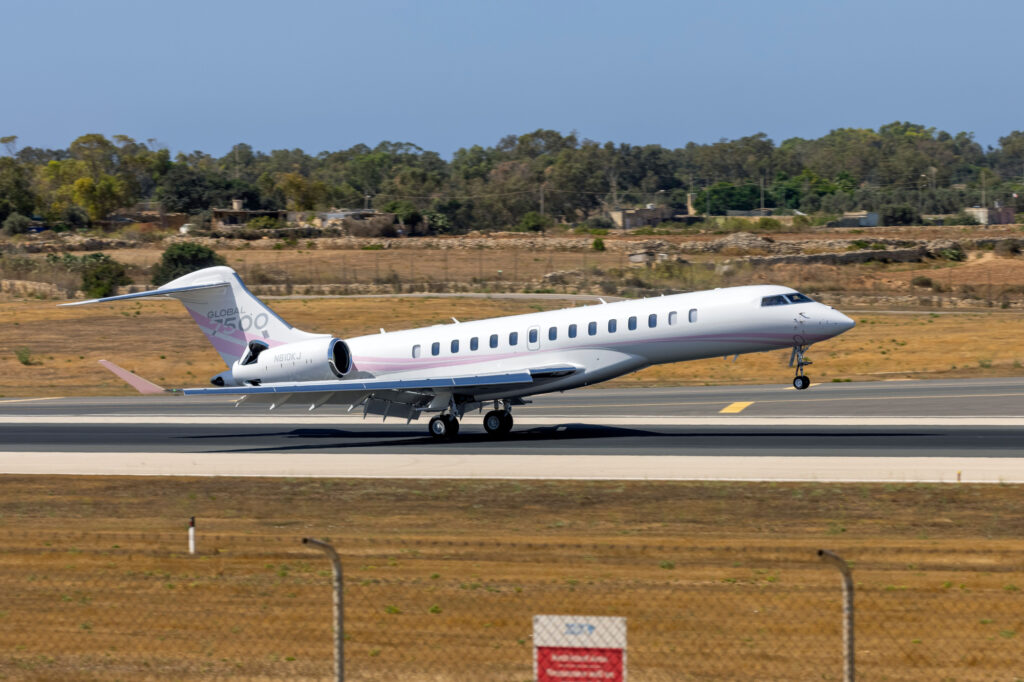
Mid-size jets
Mid-size jets continue to be a popular choice for travelers seeking a perfect balance between spaciousness, range, and luxury. The Gulfstream G200, also known as the GII/GIII, is an iconic mid-size jet that has stood the test of time. With a range of approximately 3,400 nautical miles, the G200 can effortlessly connect city pairs across continents, making it an ideal choice for intercontinental flights. Its cabin offers ample space to comfortably accommodate up to ten passengers, providing them with a feeling of freedom and relaxation during their journey.
The Bombardier Challenger series, including models like the Challenger 350 and Challenger 650, is another prominent player in the mid-size jet category. With their exceptional performance and generous cabin sizes, these aircraft cater to larger groups or individuals seeking a luxurious and spacious flying experience. The Challenger 350 has garnered widespread acclaim for its superb range and ability to access challenging airports, ensuring greater travel flexibility and access to more destinations.
Mid-size jets are the preferred choice for corporate travel, enabling executives and business professionals to seamlessly conduct business while en route. With the availability of satellite communication systems, high-speed internet, and advanced avionics, these jets provide a conducive environment for productivity, allowing travelers to stay connected and efficiently manage their affairs during flights.
Light jets
Light jets are a category of aircraft defined by their maximum takeoff weight, which must not exceed 20,000 pounds (about 9,100 kilograms). These jets are designed for short to medium-haul journeys and typically accommodate a smaller number of passengers. They are particularly favored by regional airlines for their efficiency and versatility.
Examples of light jets include the Cessna Citation CJ series and the Phenom 300. These aircraft offer the perfect balance of speed and range, making them ideal choices for regional and inter-regional flights. With seating capacities ranging from 5 to 9 passengers, light jets cater to business travelers and those seeking quick transportation options.
Very light jets
Very light jets (VLJs) are small and efficient private jets, often designed for single-pilot operations. These jets usually have seating for a maximum of eight passengers. Aircraft like the Eclipse 500 and HondaJet offer flexibility and convenience for short-distance travel. Although, there are instances where they can be utilized for longer distances or to access remote destinations not conveniently served by commercial airlines.
VLJs are typically optimized for short to medium-haul flights, meaning they are best suited for flights covering distances of a few hundred to around 1,500 miles (about 2,414 kilometers). For such distances, VLJs can operate efficiently, offering faster and more direct travel options compared to commercial flights. This makes them popular choices for business travelers who need to reach regional destinations quickly.
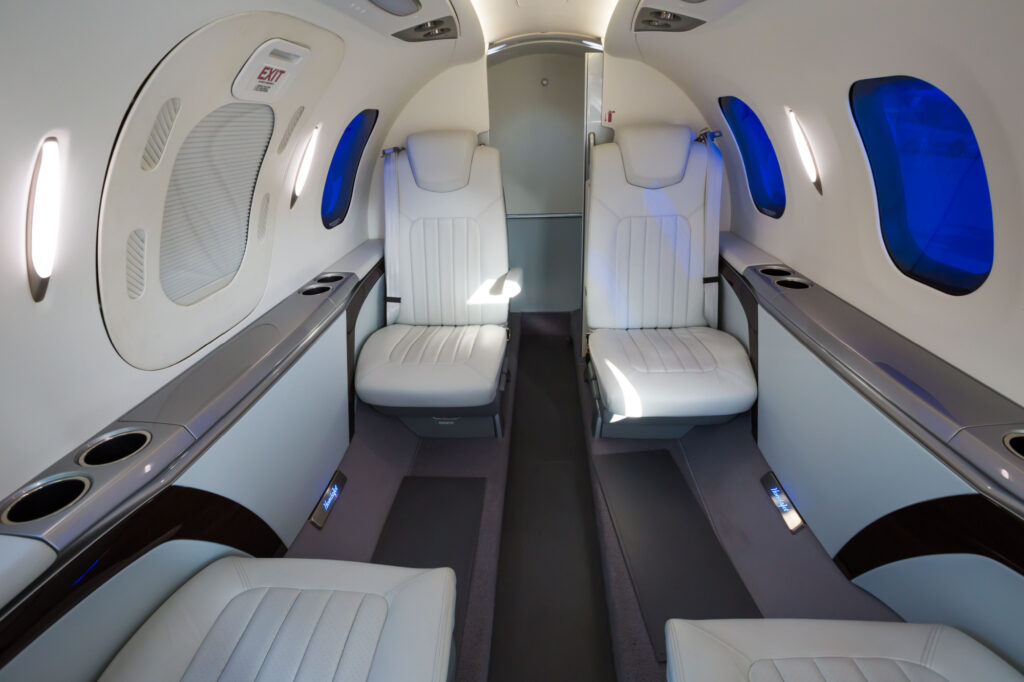
Propeller planes
Propeller planes, also known as piston-engine aircraft, represent a distinct category of airplanes that rely on propellers for propulsion. These versatile aircraft are characterized by their reliance on internal combustion engines and the rotation of propellers to generate thrust. While they may not reach the speeds of jet-powered aircraft, propeller planes have their own set of advantages and serve various purposes.
Their types are:
Single-engine private airplanes
Single-engine private airplanes such as the Cessna 172 and Piper Cherokee are popular among recreational pilots and personal aircraft owners. These aircraft provide simplicity and affordability, and they are often used for flight training, aerial photography and personal travel.
Amphibious planes
Amphibious planes such as the ICON A5 and Dornier Seastar possess the capability to operate from both land and water. They are utilized in various applications, such as firefighting, search and rescue missions, and transporting passengers to remote locations without established runways. Amphibious aircraft have a unique combination of wheels for land-based takeoffs and landings and floats or hulls for water-based operations.
Aerobatic planes
Aerobatic planes, like the Extra 300 and Pitts Special, are specifically designed for performing stunts, aerial acrobatics and competitive aerobatic competitions. These nimble and maneuverable aircraft allow pilots to execute thrilling aerial maneuvers.
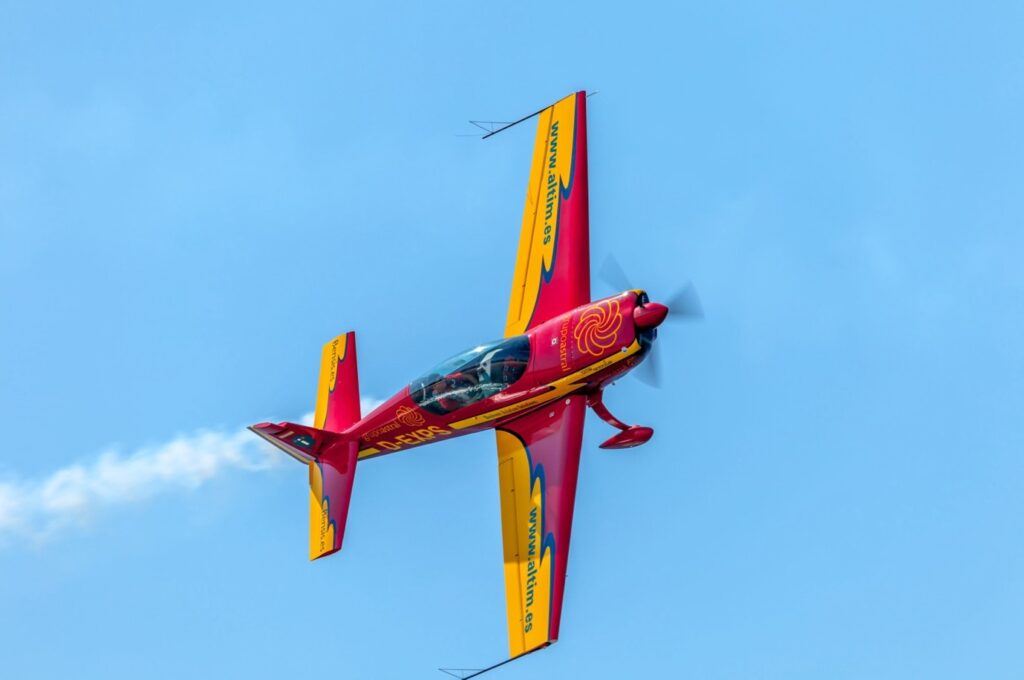
Turboprop planes
Turboprop planes such as the Cessna Caravan and Pilatus PC-12 combine a turbine engine with a propeller. These versatile aircraft are capable of excellent short-field performance, making them suitable for regional travel, cargo transport and utility operations.
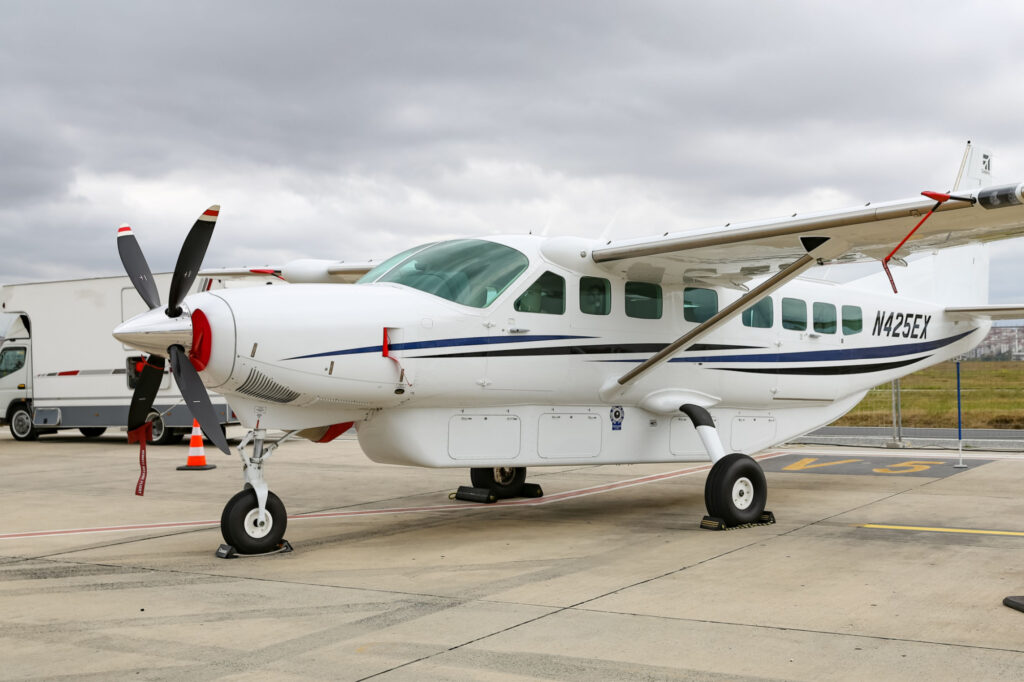
Lighter-than-air aircraft
Lighter-than-air (LTA) aircraft are a unique category of flying machines that achieve lift by being less dense than the surrounding air. They have been used for various purposes throughout history, from scientific exploration to military reconnaissance and civilian recreation.
Airships
Airships, also known as dirigibles, are more complex LTA aircraft equipped with propulsion systems and control mechanisms. They are divided into rigid airships, semi-rigid airships, and non-rigid airships (blimps).
Rigid airships have a structural framework made of metal or other materials that maintain the shape of the envelope. These airships are more stable and can carry larger payloads. The most famous example of a rigid airship was the German Zeppelin, which was extensively used during the early 20th century for passenger travel and military purposes.
Semi-rigid airships combine characteristics of rigid and non-rigid airships, using a partial internal framework to support the envelope. Blimps, or non-rigid airships, have no internal framework and rely on the pressure of the lifting gas to maintain their shape.
In the past, airships were commonly used for passenger travel and cargo transportation. They also played crucial roles in reconnaissance and military operations during World War I and World War II. Although their use diminished with the advent of faster and more efficient fixed-wing aircraft, airships are still employed for specialized tasks such as aerial advertising, surveillance, and scientific research.
Gliders
Gliders are another fascinating type of aircraft that falls under the broader category of unpowered or lighter-than-air flying machines. Unlike airships, gliders rely on the forces of gravity and air currents to achieve and sustain flight, without the use of engines or propulsion systems. They are designed for unpowered flight and are particularly renowned for their silent and graceful soaring capabilities.
Gliders come in various designs, but they all share common characteristics that make them well-suited for soaring flight. They typically have long wings with a high aspect ratio, allowing for efficient lift generation and minimized drag. The absence of an engine and the use of lightweight materials contribute to their exceptional glide ratios, enabling gliders to cover significant distances with very little energy expenditure.
Launching a glider usually requires assistance, as they do not have engines to take off on their own. Several methods are used for glider launches, such as aerotowing, winch launching, and being pulled by a vehicle. Once in the air, glider pilots skillfully exploit rising air currents, thermals, ridge lift, and other atmospheric phenomena to maintain altitude or climb to higher levels, extending their flight durations.
To sum up
The world of aviation is a tapestry of diverse and specialized airplanes, each meticulously designed to meet specific requirements and serve unique purposes. From the massive commercial airliners that transport millions of passengers across the globe to nimble and efficient private jets catering to individual needs. Also, lighter-than-air aircraft and propeller planes, though less common today, still showcase the rich history and versatility of aviation. Therefore, every aircraft type plays a crucial role in connecting people and facilitating travel and commerce.

